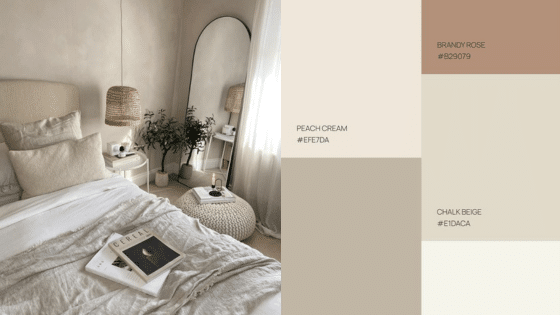
Designing visually stunning and highly functional interiors requires more than just a keen eye for aesthetics. Behind every beautifully designed room lies a carefully considered network of electrical systems that ensures safety, convenience, and efficiency. Electrical expertise is pivotal in bridging the gap between creative vision and practical execution, making it indispensable in interior design.
This is where having a deep understanding of electrical principles, often acquired through dedicated study and preparation, can transform a design into a truly functional space. Mastering such expertise by AtHomePrep and aligning it with interior design aspirations leads to safer, more efficient environments.
Improving Safety With Electrical Knowledge
Security is the initial priority in any interior design assignment. Whether the electrical design has been done for homes, offices, or shared areas, the electrical system must conform to safety measures. It is important that individuals who have adequate knowledge of electrical work do the installations correctly so as not to expose people to the dangers of electrical fires, shocking, or short-circuiting. Poor wiring, excess current flow, or wrong placement of outlets also present great risks if not well dealt with.
Some interior designers work closely with electricians while others take their time to study for electric examinations; they have a better perspective of how safety features can be incorporated into designs. For instance, they know where switches and outlets should be located. The traffic density not only makes the environment safe but also makes it more functional. This becomes even more important if one is designing a kitchen, a bathroom, or an outdoor space where electrical needs are somewhat different and require much attention. Thus, by forming working relationships with electricians or studying electrical safety, designers can avoid problems and increase the confidence of their clients.
Designing for Efficiency and Functionality
Function is the essence of good design. The utility of the space sells the building, not how the space looks to the eye. Electrical systems are among the critical enablers of functionality. Electrical planning should be central to the design process, from choosing the appropriate lighting schemes that will create the right atmosphere to carefully sited sockets that will meet a particular user’s particular pattern of usage.

Think about something as specific as lighting design, for instance. A designer who needs more information about electrical systems may design spaces that are either too dark, too bright, or filled with uncomplimentary switches. They have to be carefully designed for each particular function of a room or building to meet energy requirements for lighting. Likewise, one needs to have adequate electrical knowledge to install electricity-saving features like LED fixtures, dimmer switches, and motion sensors. Not only do these elements give the space multi-functionality, but they also serve to support the sustainable aspect, another requirement today.
Electrical skills are also applied in home automation or intelligent systems. Today’s designs have incorporated technology solutions where lighting, heating, cooling, and even security systems can be operated from a phone app. Designing for these systems requires an understanding of the physical hardware installation of electrical systems while simultaneously considering the software aspect, that is, how all the components in the system work in synergy.
Connecting Creativity with Reality
Creativity is at the core of design activities, but pragmatic solutions always provide the results. Electrical engineering provides the essential link between an architect and an implemented design concept. This knowledge helps designers pursue creativity without straying far from functionality and regulatory requirements.
For instance, the location of aesthetic features like recessed lights, chandeliers, or LED strips is restricted by electrical load calculations, wiring, and compatibility with installed systems. Electrical designers can then use their knowledge to develop creative but practical designs to fit the requirements of builders and architects while following safety building codes and energy requirements. That is why a comprehensive approach helps to develop an innovative approach that goes beyond aesthetics and turns interiors into unique and handy spaces.
Also, electrical proficiency empowers designers to look for challenges in advance and solve them. The early detection of restrictions in power supply, wiring provisions, or load bearing allows one to correct such deficiencies before construction and not during construction. Such an approach not only avoids unnecessary time and money expenses but also helps the designer build up a positive image of the expert in his/her field.
Conclusion
Electrical knowledge is a priceless gift in the sphere of interior design. Focusing on safety, increasing functionality, and integrating design imagination with reliable application transforms designs from aesthetic value to practical and optimum utility. For designers to develop this knowledge, we have seen that it is possible to work with experienced electrical professionals or build the knowledge base from scratch. Designers who adopt this knowledge can design interiors for buildings that will last a long time. It is not debatable that concepts of electrical systems are crucial to establishing the base for aesthetic and safety standards.
- 0shares
- Facebook0
- Pinterest0
- Twitter0
- Reddit0













